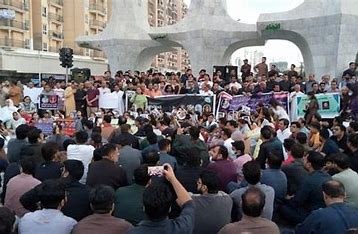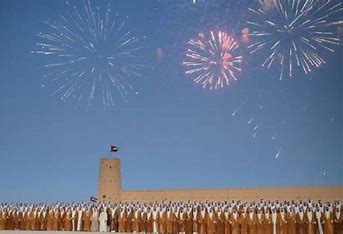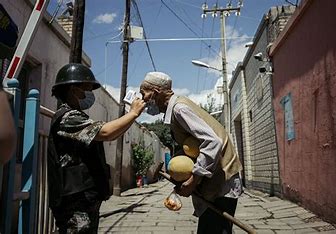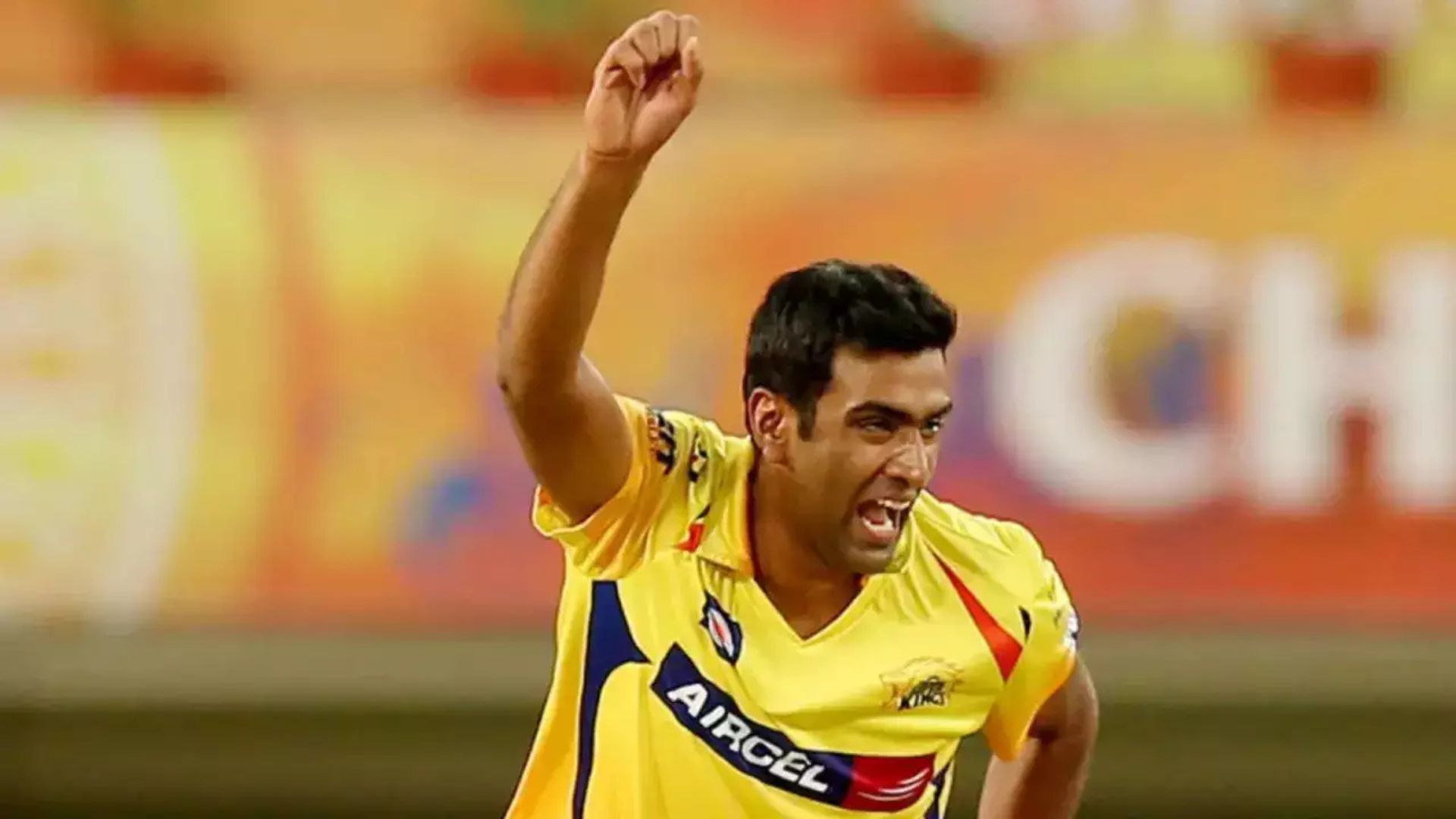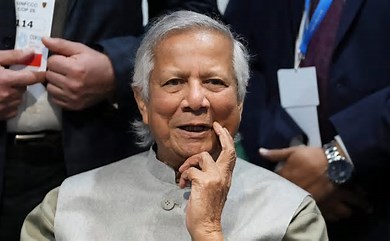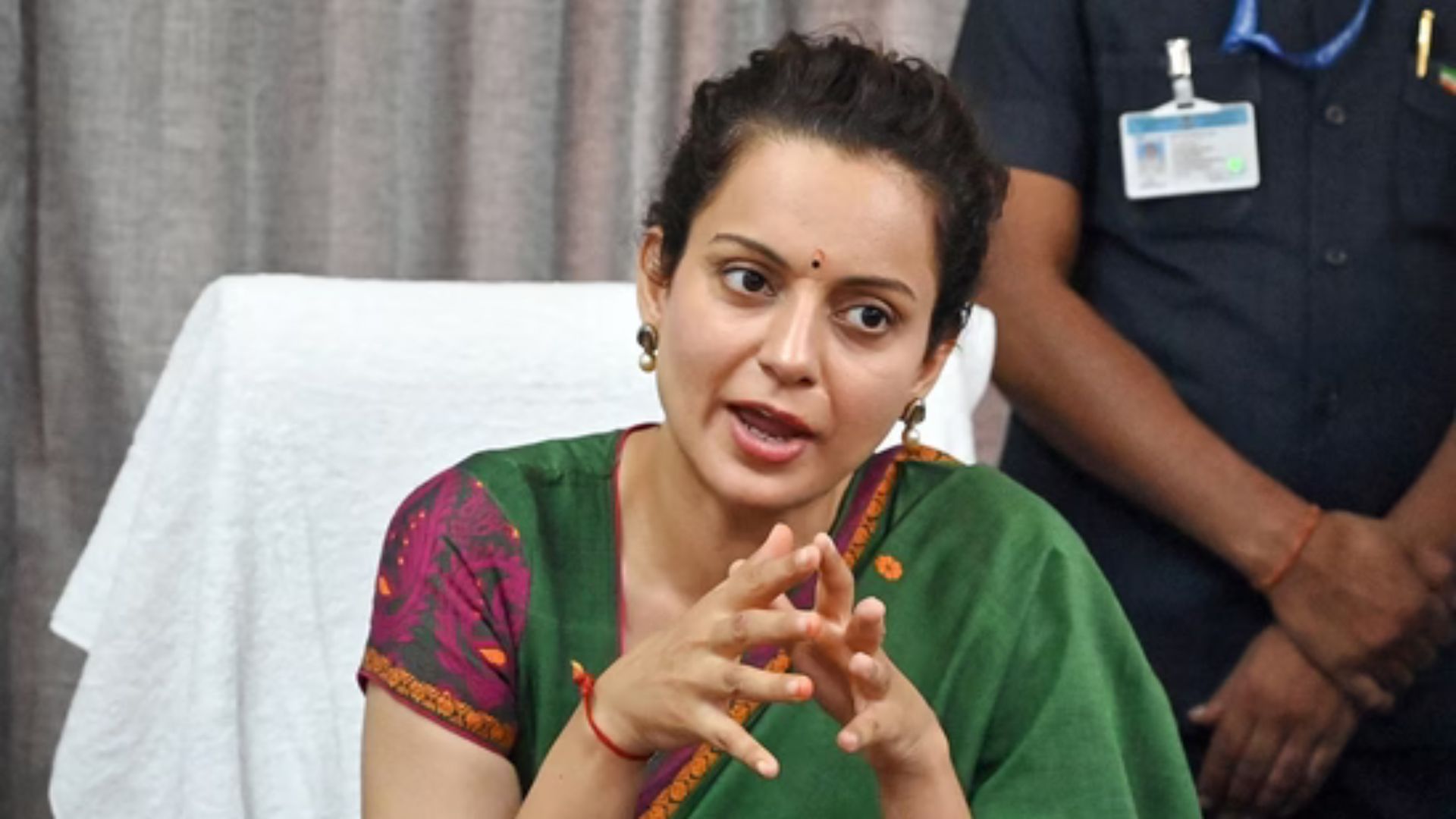At midnight on 15 August 1947, the members of the Constituent Assembly gathered to witness India’s independence. Subsequently, the Constituent Assembly adopted the Constitution of India in 1950. The question arises that how did the new constitutional system provide the right to protest to the free citizens of a free country?
The framers of the Constitution preserved the benefits of democracy and civil liberties, such as freedom of speech and expression, which were not recognized and protected by the British rulers. The framers of the Constitution acknowledged that there is a tradition in the political life of India of expressing grievances through peaceful protest.
‘Democracy’ is a government run by popular public opinion. Therefore, the means and resources for forming public opinion should be safe for the people of a democratic nation. Thus, it was necessary for the new India to include the right to protest peacefully among the fundamental rights.
Therefore, the freedom of speech and expression under Article 19(1)(a) and the right to assemble peacefully without arms under Article 19(1)(b) of the Constitution are the cornerstone of the Constitution of India.
Further, specifically Article 19(1)(c) and Article 19(1)(d) respectively give the right to form an association or union and to move freely throughout India. These articles have given wide rights to protest to Indian citizens. That is, any citizen or citizen or group of citizens living within the geographical boundaries of India can reach the national capital and protest.
Protests in India mainly include dharnas, demonstrations, strikes and bandhs. If non-violent, these forms are considered as expressions of freedom of speech and expression, peaceful assembly and association and a free movement throughout the territory of India.
One of the earliest cases where the Supreme Court recognized the right to demonstrate, a form of the right to protest, as a freedom guaranteed under Article 19(1)(a) and Article 19(1)(b), Kameshwar Prasad vs. State of Bihar.
In this case, on 22.02.1962, a seven-judge bench of the Supreme Court comprising Justice Gajendra Gadkar, Justice PV Sarkar, Justice AK Wanchoo, Justice KN Gupta, Justice KC Das, Justice Iyengar and Justice N Rajagopala – Said: “…a demonstration is an expression of the feelings or sensibilities of an individual or group. Thus it is intended to convey its ideas to others (to the government). So in reality the actions of the protesters are a form of speech or expression….”
Accordingly, the Supreme Court struck down that part of the impugned rule which prohibited ‘performance of any kind’ as it went against the rights of the appellants guaranteed under Article 19(1)(a) and Article 19(1)(b). Violated rights.
However, Rule (7) made under Section 33(1) of the Bombay Police Act (1951) was challenged in the case Himmat Lal Shah v. State of Maharashtra. The Appellant claimed that using the said rules, the police refused permission to hold a public meeting. He also claimed that this is a violation of fundamental rights under Articles 19(1)(a) and 19(1)(b). The apex court found that Rule (7) imposed an unreasonable restriction on Article 19(1)(b) and held it to be a violation of the same.
